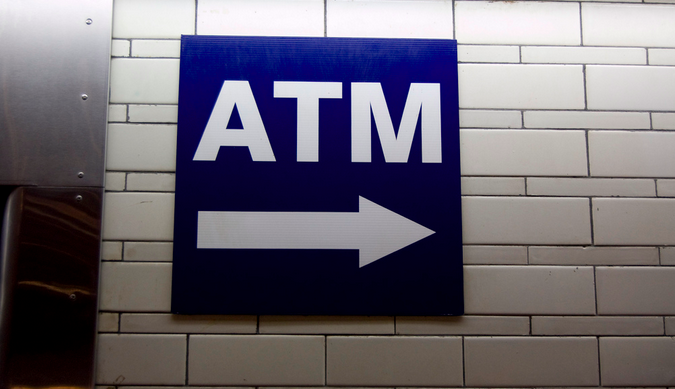New Frontiers In ATM Skimmer Technology: Wiretapping
No, really, this is a thing. We get all of the hottest skimmer news from Brian Krebs, who in turn learns about this season’s hottest skimmers by talking to banks and ATM manufacturers, especially in Europe. One new skimming technique involves creating a hole in the front of an ATM, placing a device that intercepts data from the card reader inside, and then covering the hole with a plausible-looking decal.
Crooks are trying to stay ahead of banks and ATM manufacturers, and they in turn are working hard to stay ahead of the crooks. ATM-maker NCR says that they use “seismic activity” sensors to detect drills and saws, which is why the skimsters have turned to making a hole in the front with a blowtorch.
One way to protect yourself from skimmer thefts makes sense when you stop to think about it: avoid machines that are in secluded areas where nobody would notice someone, say, sawing a hole in the front of an ATM or trying to melt a hole in the front with a blowtorch. While crooks installing regular skimmers can look like customers, it’s hard to miss someone attacking the machine with a blowtorch.
Oh, and some criminals aren’t bothering with trying to skim customers’ card information, and instead are trying to blow up the entire ATM with explosive gas to access the cash inside. This is successful about 40% of the time, but super dangerous for the criminals and anyone in the surrounding area.
Skimmer Innovation: ‘Wiretapping’ ATMs [Krebs on Security]
More on Wiretapping ATM Skimmers [Krebs on Security]
Want more consumer news? Visit our parent organization, Consumer Reports, for the latest on scams, recalls, and other consumer issues.


